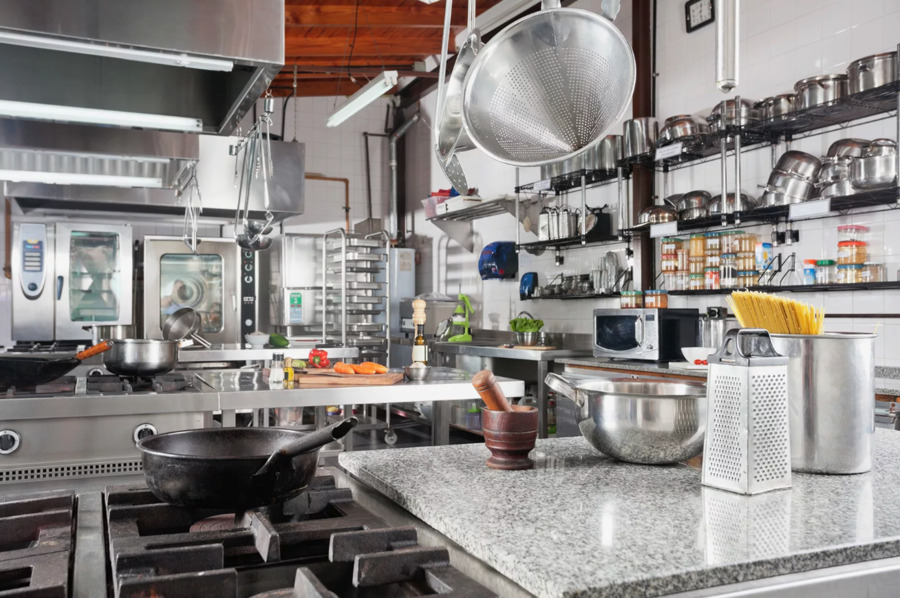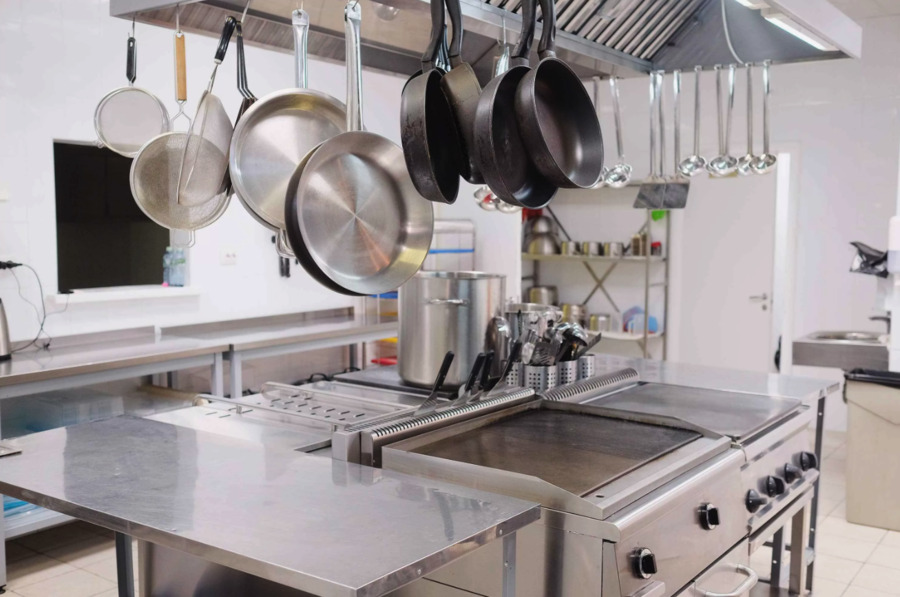The quality and durability of kitchen supplies are pivotal in the culinary world’s competitive landscape. The materials used in producing these items significantly influence their longevity and efficiency, impacting everything from cost management to operational workflow in commercial settings. This article delves into the relationship between material quality and the durability of kitchen supplies, offering an insightful analysis for those involved in the culinary industry.
Material Science in Kitchen Supplies
Understanding material science is crucial when selecting kitchen supplies. Material science explores the composition, properties, and performance of different materials, which directly influences their suitability for various culinary tasks. Key properties that affect the performance of kitchen supplies include hardness, corrosion resistance, heat resistance, and hygiene. These characteristics determine how well a piece of kitchen equipment can withstand regular use, exposure to different ingredients, and varying temperatures.

Common Materials Used in Kitchen Supplies
Stainless Steel: Renowned for its corrosion resistance and durability, stainless steel is a staple in commercial kitchens. It does not rust easily and maintains its shine even with rigorous use, making it ideal for cookware, utensils, and surfaces. Its ease of cleaning and ability to prevent bacterial growth also make stainless steel a top choice for maintaining hygiene.
Aluminum: Known for its excellent thermal conductivity, aluminum heats up quickly and is uniformly heated, which is essential for baking and cooking. However, it is softer than stainless steel, making it prone to dents and scratches. Aluminum’s reactivity with acidic foods can also pose a problem, leading to food discoloration and potential health risks.
Cast Iron: Cast iron offers unparalleled heat retention, making it perfect for long, slow cooking processes. However, regular seasoning and maintenance are required to prevent rust and maintain its non-stick properties. Properly maintained cast iron can last for decades, becoming a fixture in many kitchens.
Copper: Copper is valued for its superior thermal conductivity, which allows for precise temperature control. This is particularly beneficial for delicate sauces and chocolates. The downside to copper is its reactivity with acidic ingredients, which can lead to metallic tastes in food unless lined with another metal, typically tin or stainless steel.
Plastics and Composites: Modern kitchens also utilize various plastics and composites, such as nylon, silicone, and high-density polyethylene (HDPE). These materials are chosen for their lightweight nature and lower cost. However, they generally have lower heat resistance and can harbor bacteria if not properly maintained, especially when they become scratched.
Ceramics and Glass: Offering excellent heat resistance and non-reactive surfaces, ceramics and glass are commonly used for baking dishes and mixing bowls. Their downside lies in their brittleness; they can easily crack or shatter if mishandled or exposed to sudden temperature changes.
Evaluating Material Quality
The quality of materials used by commercial kitchen suppliers is often validated by adherence to international standards and certifications such as those provided by NSF International or the FDA. These certifications ensure that the materials used are safe for food contact and meet predefined durability standards. Additionally, technological innovations in material engineering have introduced features like non-stick coatings and antibacterial treatments, enhancing both the functionality and longevity of kitchen supplies.
Impact of Material Quality on Durability
High-quality materials can significantly extend the lifespan of kitchen supplies. Supplies made from premium stainless steel or properly treated cast iron exhibit remarkable durability, resisting wear and maintaining their functional integrity over many years. Conversely, poor-quality materials not only degrade faster but also affect the efficiency of kitchen operations and can lead to frequent and costly replacements.
The initial investment in high-quality kitchen supplies may be higher, but the long-term savings are considerable. Commercial kitchens that choose high-quality supplies see fewer equipment failures and lower replacement costs. Moreover, high-quality materials can withstand the rigorous demands of a busy kitchen, which helps maintain a steady, efficient culinary operation.

Maintenance and Care Based on Material Type
The maintenance of kitchen supplies varies significantly based on the material. For instance, stainless steel and aluminum require regular cleaning with non-abrasive tools to avoid scratching their surfaces. Cast iron needs oiling and gentle drying to maintain its seasoning. Plastic items should be kept away from high-heat sources to prevent warping.
Training kitchen staff on the proper care of different materials is also crucial. Ensuring that everyone understands the best practices for each type of material can prevent premature wear and extend the useful life of the supplies.
Conclusion
The correct commercial kitchen supply materials improve a restaurant’s operational efficiency and equipment durability. The choosing procedure should evaluate pricing, kitchen necessities, common menu items, and expected utilization. High-quality kitchen items can last for years if properly maintained. Understanding and investing in high-quality commercial kitchen supplies is not a matter of preference but a must for efficient kitchen management.



